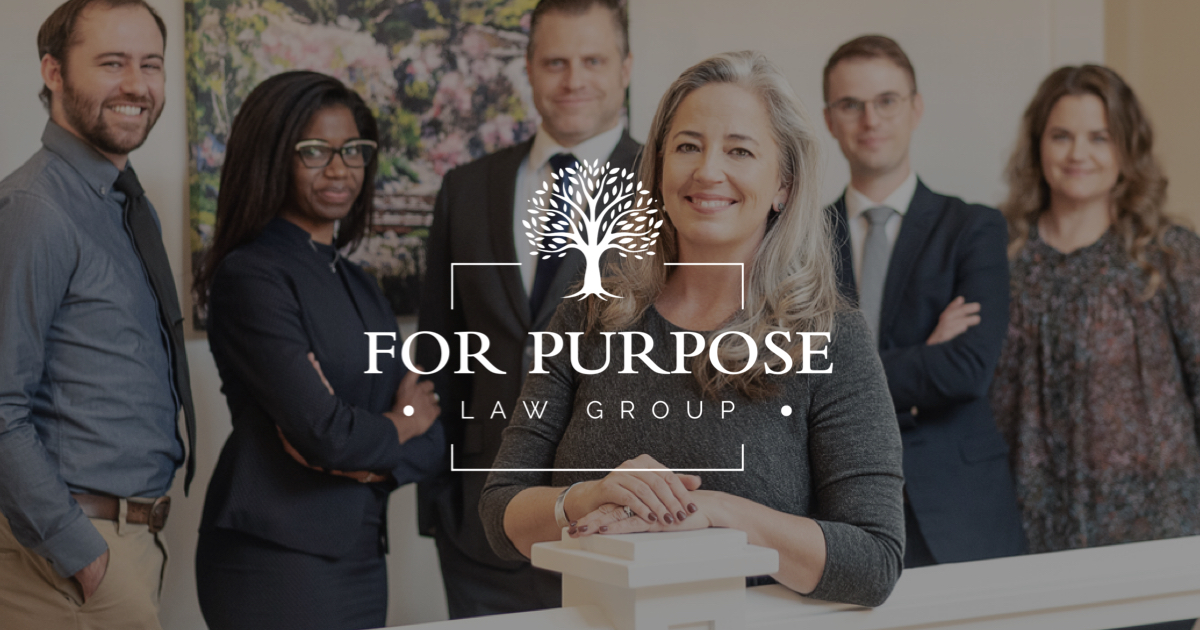
In Uncertain Times, Nonprofits Must Keep Up With Legal Compliance
04.11.2025 | Linda J. Rosenthal, JD

Donor-advised funds have become the charitable giving model of choice in recent years for well-to-do families and individuals. It is a lower-hassle, lower-cost alternative to creating a private family foundation, and affords more privacy, too.
While the donor-advised fund (DAF) model of charitable giving has been around for decades, for most of those years it was little known or used. Beginning in about the 1990s, commercial entities stepped in to facilitate and promote DAFs, and the popularity jumped. The spectacular growth has continued to the present, with no signs of slowing down.
The concerns of regulators and lawmakers about the billions of dollars now being funneled into DAFs are centered on the hoarding of too much of this money – purportedly dedicated to charitable purposes and for which an immediate deduction is granted – for many years when this money otherwise could be put to use sooner for community benefit. There have been calls, including from members of Congress, to regulate donor-advised funds more carefully.
The recent spotlight on the downsides of the donor-advised-fund model has not prevented regulators from catching instances when the DAF format is used as a cover for good, old-fashioned fraud. Back in 2006, the Washington Post exposed wrongdoing by the family foundation of then-Health and Human Services Secretary Michael Leavitt. In the years 2002, 2003 and 2004, the Leavitt Foundation was a Type III supporting organization, a vehicle that accepts donor-advised funds. But instead of operating properly, the Leavitt Foundation had donated less than 1 percent of $9 million 0f assets for charitable purposes, while family members had contributed and taken tax deductions for millions of dollars. In addition, most of the Foundation money had been invested in or lent to family interests and holdings.
The tremendous media coverage the story received brought long-overdue attention to the loopholes that surround Type III supporting organizations, which along with donor-advised funds, made it onto the IRS’s annual “dirty dozen” list of tax scams. Number 9 that year was: “Abuse of Charitable Organizations and Deductions, such as involving supporting organizations, donor-advised funds, and historic façade easement contributions.”
But regulatory changes at that time did not catch all of the abuse.
On November 29, 2017, the Attorney General of New York, Eric Schneiderman, released an announcement and details of the end of a DAF-connected fraud scheme that had begun in the late 1990s and continued undiscovered for many years.
Yisroel Schulman, Esq. was a prominent member of New York’s large Hasidic Jewish community. During the 1980s, while on the faculty of Benjamin N. Cardozo Law School of Yeshiva University, he was the Supervising Attorney for Cardozo Bet Tzedek Legal Services, a legal clinic that represented indigent elderly and disabled clients seeking health, disability, and housing benefits. (“Bet Tzedek” in Hebrew means “house of justice.”)
In 1990, Mr. Shulman co-founded and became the President & Attorney-in-Charge of the New York Legal Assistance Group (NYLAG), a 501(c)(3) organization that provides pro bono legal services to low-income New Yorkers. He held that prestigious post until the 2015 discovery of the enormous, ongoing fraud he had perpetrated.
His resignation in 2015 had “been a lingering mystery” particularly in Jewish communal circles and was one of a series of events that “shook New York’s Jewish not-for-profit community that year.” At the time the story broke, there were media reports that “federal prosecutors were looking into accounting irregularities, but no details were provided.” The federal and state investigations that followed for over two years uncovered “a story of financial misconduct” involving misuse of multiple donor-advised funds.
The Attorney General’s November 29th press release summarizes the facts, findings, and admissions. It includes links to all relevant original documents including the civil complaint filed by the AG’s office along with agreements signed by Schulman and by related organizations that were used by Schulman as part of the massive scheme that the investigation showed had begun in about 1998. Until about 2013, when Schulman apparently started repaying some of the funds, he “diverted about $2.3 million from NYLAG to concealed NYLAG donor-advised funds as well as to unrelated individual DAFs.” He had opened “over a dozen DAFs and similar accounts at FJC: A Foundation of Philanthropic Funds.”
Some money made it way back to NYLAG, but other amounts were granted to unrelated charities tied to Schulman without the approval of NYLAG’s board. Meanwhile, “the shifting funds meant that NYLAG understated its assets to regulators and donors, making itself look more in need of funds than it actually was.” Schulman also “admitted that he caused funds granted by FJC to benefit him personally without informing FJC.”
The Attorney General’s announcement made clear that in addition to “reaping personal financial benefits,” Schulman also made the transfers to “enhance his reputation and standing in his community, so that he could appear to be a much greater benefactor of the organizations with which he was affiliated than he could be by using his own personal funds.”
In early 2015, NYLAG received a federal grand jury subpoena, which led its board to start an internal probe. That investigation is how the board first learned of the huge diversions of money, which by then was $800,000 more than Schulman had already secretly returned.
NYLAG and other organizations involved cooperated with the inquiry. After an extensive investigation by the Attorney General’s Charities Bureau, the agency filed a civil complaint against Schulman in New York State court.
Schulman admitted to “breaching his fiduciary duty to NYLAG and other charities with which he was affiliated.” He is barred for the next five years from serving as an officer and director of any charity. In addition to monies already repaid, he must pay $150,000 to NYLAG for the expenses the nonprofit incurred after Schulman’s fraud was discovered. The Attorney General also reached agreements with NYLAG, FAG, and other charities to beef up their oversight and governance procedures to better protect the charitable assets they control.
“Officers have a responsibility to the charities they serve and the donors who entrust them with their contributions,” said Attorney General Schneiderman at the November 2017 news conference. “Today we’re making clear that there are consequences when charities are used as personal slush funds.”
Schulman’s public statements and “admissions” that day are curious. He admits to the relevant facts and that these facts constitute breaches of his duties, but “maintains that he did not know at the time that the funds he was transferring to other charities were NYLAG funds.”
My conduct in regard to those decisions fell below the high standards that I set for myself, and I now recognize I unintentionally breached fiduciary duties to the organization. For that, I truly am sorry. I also want it to be known that although I made mistakes at NYLAG and certainly am not perfect, I never intended to mislead anyone nor took anything from NYLAG or any other charity that did not belong to me. (bolding added)
The last phrase is a Freudian slip, to say the least. Like other wrongdoers in the charity arena, he apparently did not understand or conveniently failed to remember that a philanthropic organization he created and ran never “belonged to” him.
